Last updated: August 1, 2023
Article
Art & Education (Teaching with Historic Places)
Teaching with Historic Places (TwHP) uses historic places in National Parks and in the National Park Service's National Register of Historic Places to enliven history, social studies, geography, civics, and other subjects. TwHP has created a variety of products and activities that help teachers bring historic places into the classroom.
Here you’ll find place-based educational resources relating to art and education. Discover more resources at the Teaching with Historic Places homepage.
Featured Lesson Plans
-
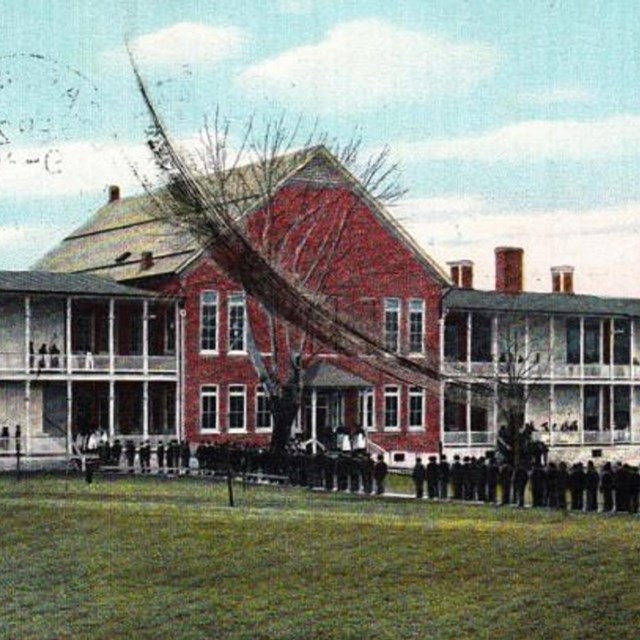 The Carlisle Indian Industrial School
The Carlisle Indian Industrial SchoolDiscover a historic campus where a military officer's boarding school experiment brought American Indian children from across the country.
-
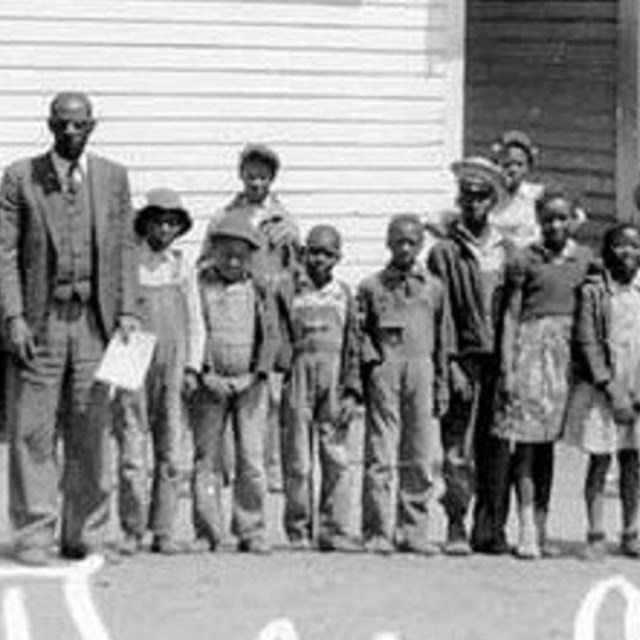 The Rosenwald Schools
The Rosenwald SchoolsLearn about the Rosenwald school building program, a Progressive Era program to fund schools for African American children.
-
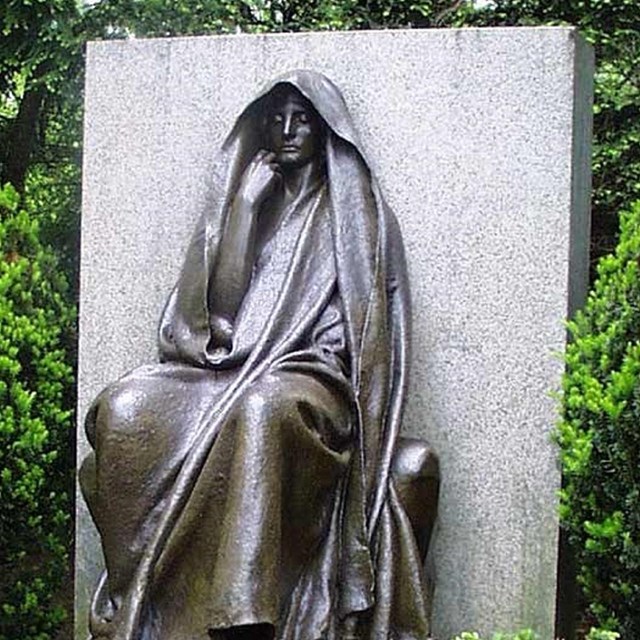 Saint Gaudens National Historic Site
Saint Gaudens National Historic SiteMeet one of America's premier artists, a creator of public monuments, and evaluate the importance of art and sculpture in society.
Curiosity Kit
-
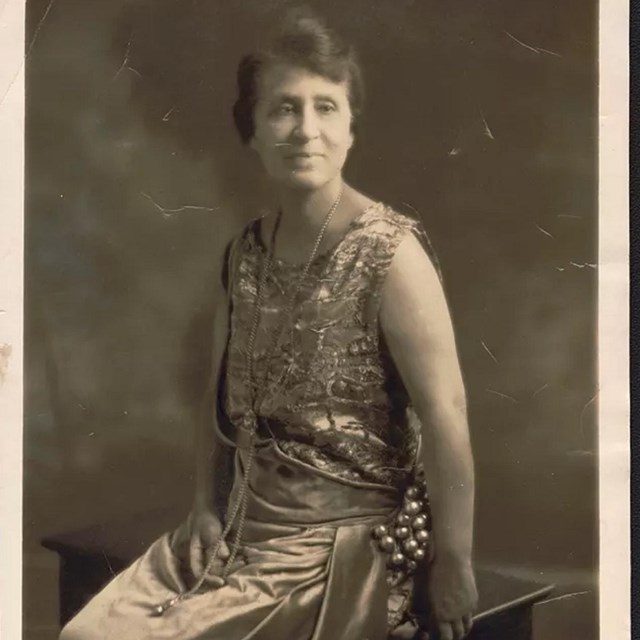 Curiosity Kit: Mary Church Terrell
Curiosity Kit: Mary Church TerrellThis kit focuses on the life and legacy of Mary Church Terrell, a women’s rights and Black civil rights activist.
-
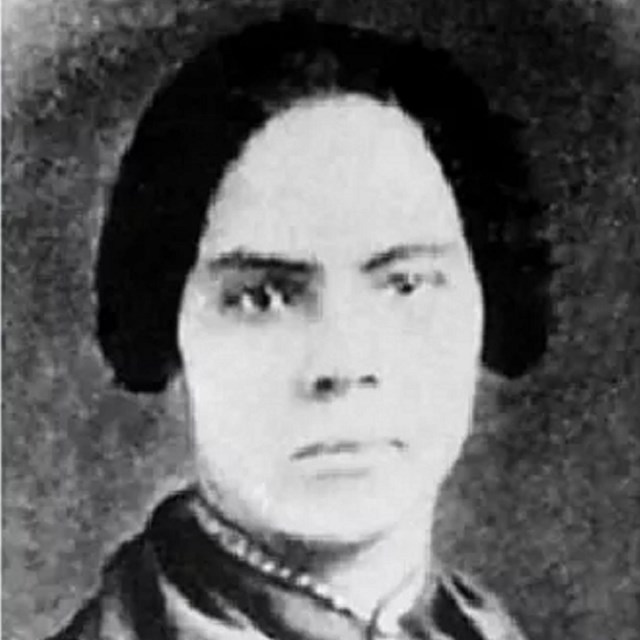 Curiosity Kit: Mary Ann Shadd Cary
Curiosity Kit: Mary Ann Shadd CaryThis kit focuses on the life and legacy of journalist, abolitionist, and lawyer Mary Ann Shadd Cary.
-
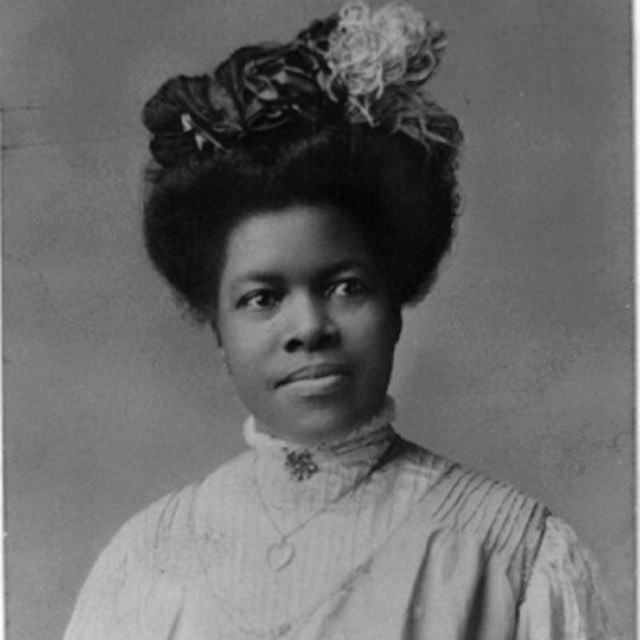 Curiosity KitCuriosity Kit: Nannie Helen Burroughs
Curiosity KitCuriosity Kit: Nannie Helen BurroughsCuriosity Kits inspire exploration and learning of history through place. This kit focuses on civil rights activist Nannie Helen Burroughs.
-
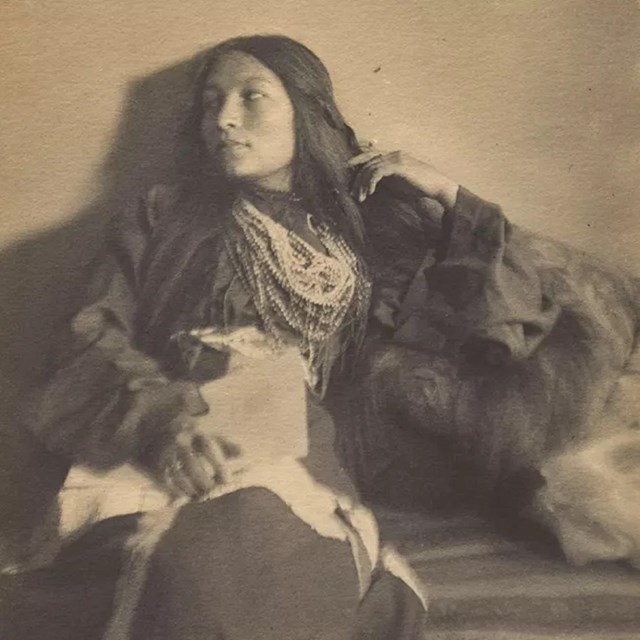 Curiosity Kit: Zitkála-Šá
Curiosity Kit: Zitkála-ŠáThis kit focuses on the life and work of Zitkála-Šá, a writer, musician, suffragist, and Native American rights advocate.
-
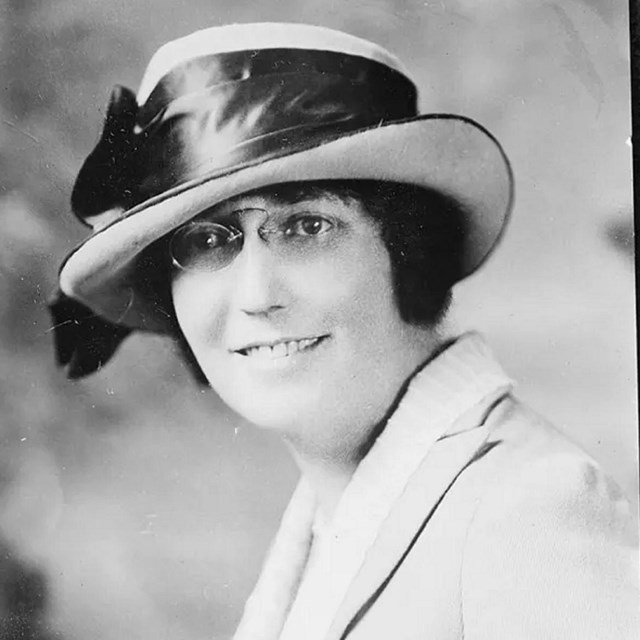 Curiosity Kit: Nina Otero Warren
Curiosity Kit: Nina Otero WarrenCuriosity Kits inspire exploration and learning, this kit focuses on the life and work of Nina Otero Warren, a suffragist and educator.
